Saunders Seismic Insights
BLOG TECTONICS
Expert guidance to help commercial and industrial property owners, facility managers, and investors understand earthquake retrofitting, structural repairs, and building safety.
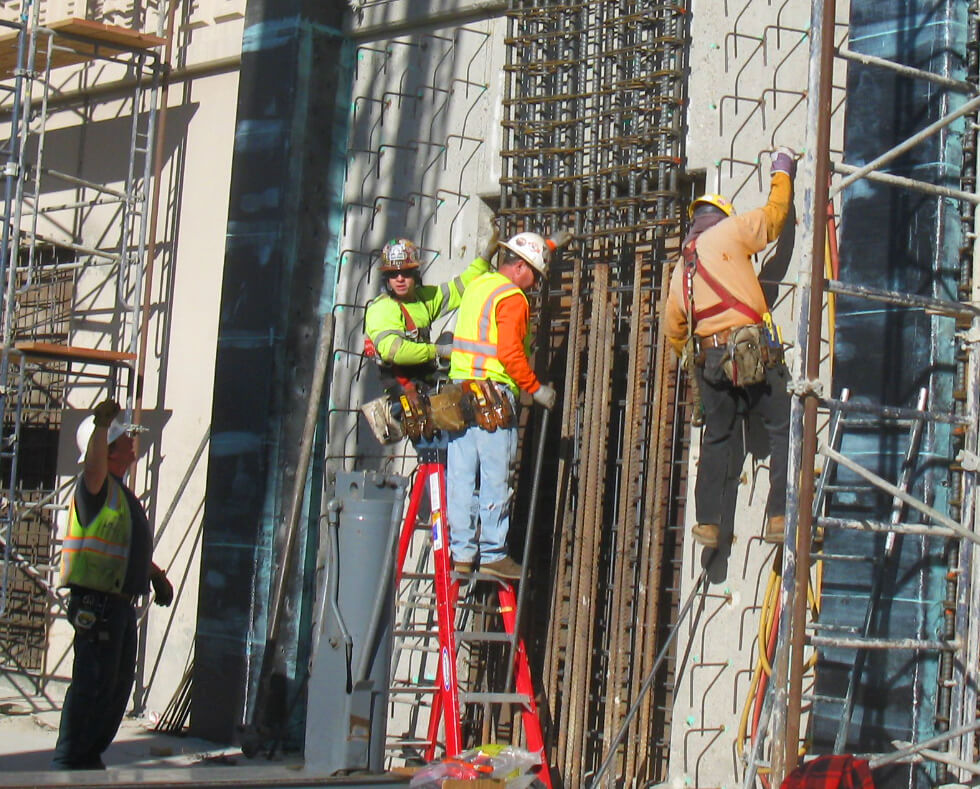
Does Your Building Need a Seismic Retrofit?
If you own or manage a commercial or industrial property in the western US, you’ve likely wondered whether your building needs a seismic retrofit. It’s a common concern–especially for owners of older structures who want clarity before investing in any...
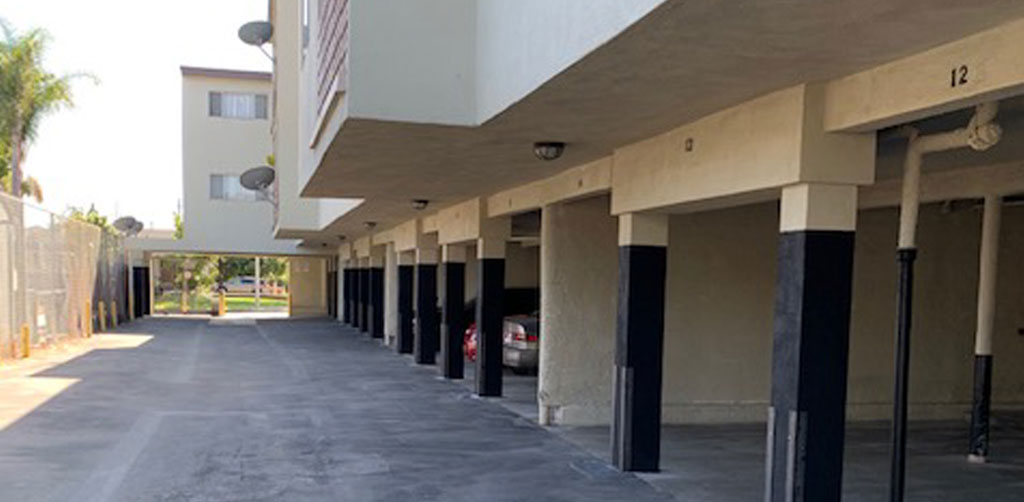
How Soft-Story Retrofit Methods Strengthen Your Building
Soft-story buildings — those with open ground floors or large storefronts — are among the most vulnerable structures during earthquakes. When the first floor lacks the rigidity to support the upper levels during lateral shaking, the result can be catastrophic:...
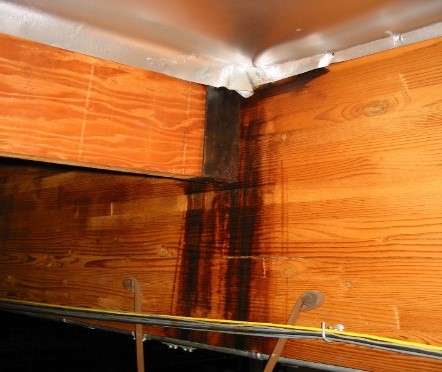
Roof Condensation: A Hidden Structural Threat
Roof condensation poses a hidden threat to the structural integrity of commercial and industrial buildings. If left unchecked, it can cause severe structural damage, lead to costly repairs, and create safety hazards, which can result in significant financial and...
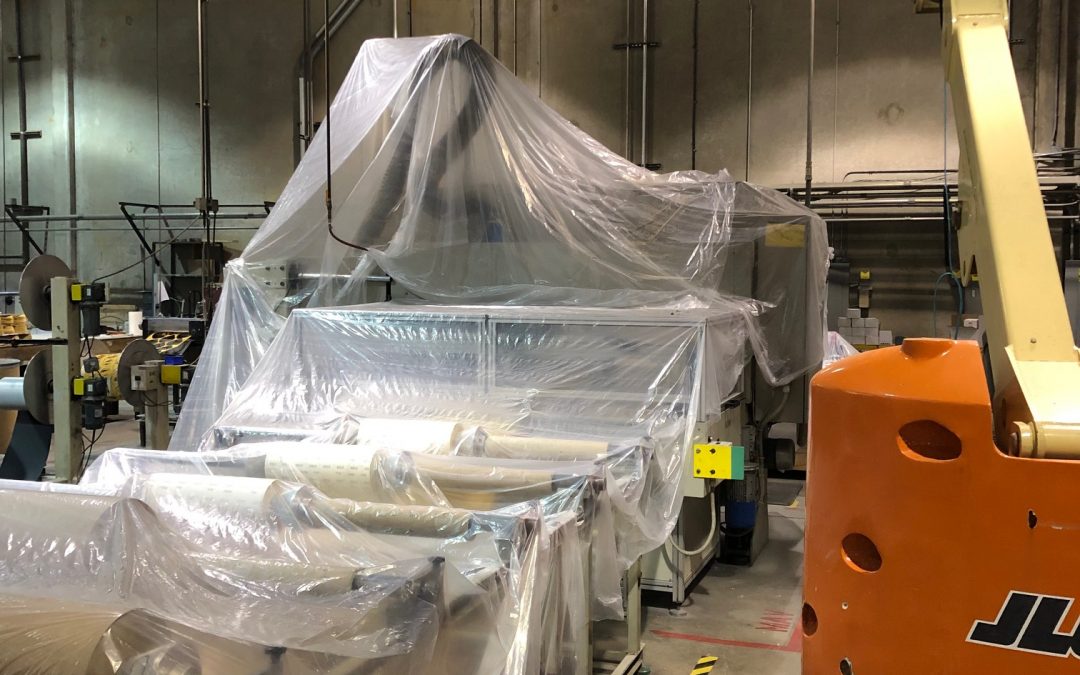
Seismic Retrofits in Occupied Buildings–Without the Headaches
Seismic retrofits in occupied buildings don’t have to mean chaos. When property managers hear “seismic retrofit” or “structural repair,” one thought often comes to mind: tenant disruption. Dust, noise, blocked access, late-night phone calls, unhappy tenants—it’s a...

Are You Ready for the Great California ShakeOut 2025?
Every third Thursday in October, the Great California ShakeOut helps millions of Californians rehearse their earthquake response. On October 16, 2025, at 10:16 a.m., participants will take one minute to “Drop, Cover, and Hold On.” Over the years, the ShakeOut has...
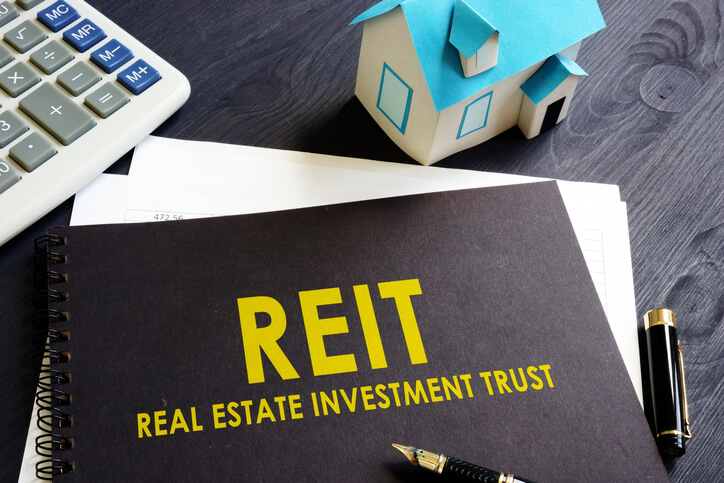
REIT Seismic Retrofitting: Protect Your Portfolio
Managing a Real Estate Investment Trust (REIT) portfolio means constantly balancing profit, compliance, and tenant needs. But in earthquake-prone regions, REIT seismic retrofitting isn’t just smart—it’s essential. It’s tempting to delay seismic retrofits—especially...
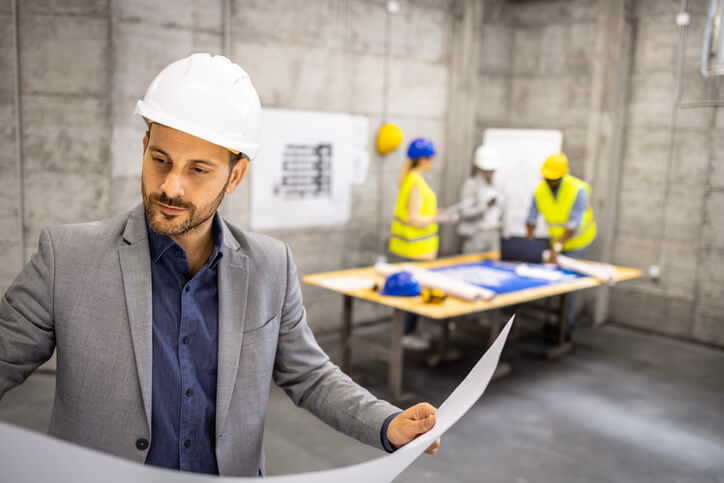
Choosing the Right Structural Engineer for a Seismic Retrofit
Seismic retrofitting isn’t just about crunching numbers. It’s about how those numbers are interpreted, turned into design plans, and built in the real world. The structural engineer you choose will shape nearly every aspect of your project—from cost and complexity to...
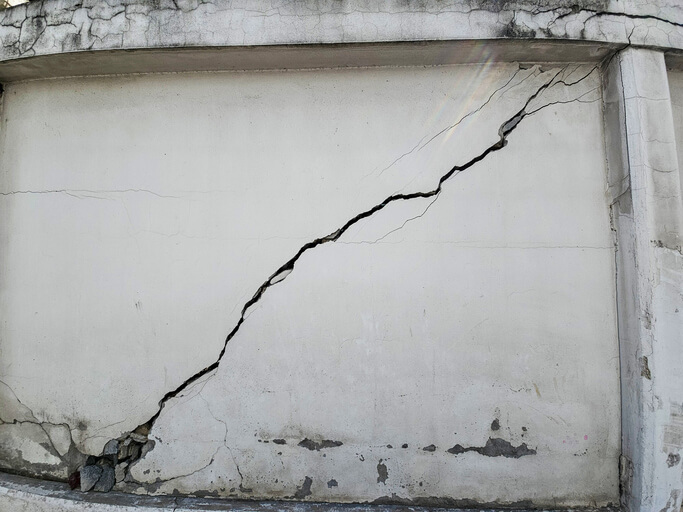
What is Structural Wall Repair? Causes, Signs and Solutions
Structural wall repair is essential to keeping your commercial or industrial building safe, strong, and aligned with SEL and SUL targets. Cracks, moisture damage, and shifting walls may seem minor, but they could signal deeper issues that put your structure (and your...

What Is Value Engineering? Cut Retrofit Costs, Not Corners
When you’re planning a seismic retrofit, unexpected challenges can drive up costs fast. Value engineering helps you plan smarter—identifying cost-saving alternatives early, before changes become expensive or complex. With the right guidance, you can reduce expenses...
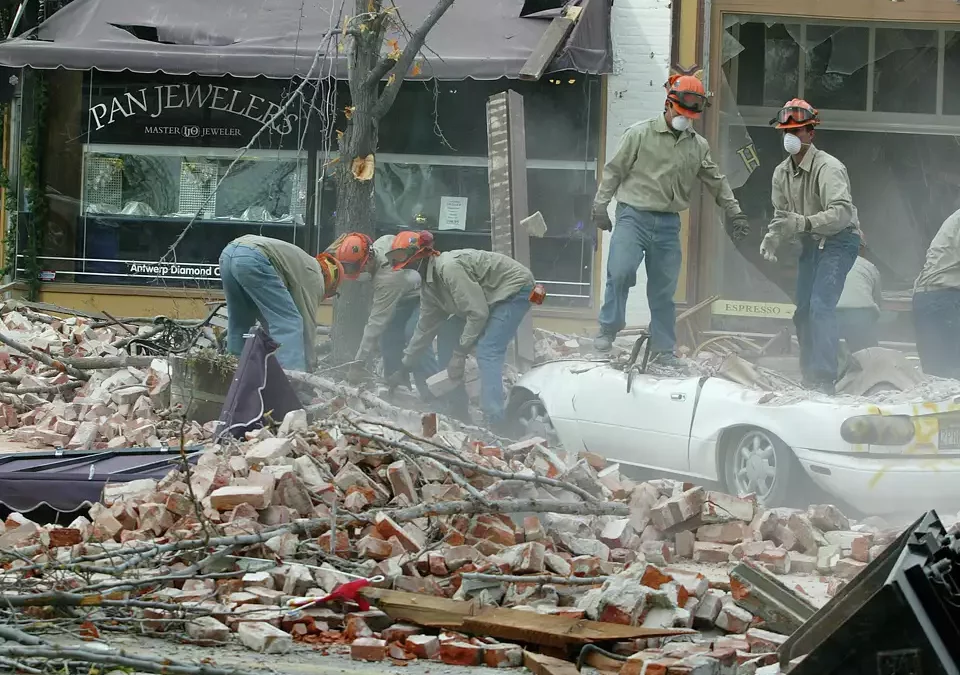
What Is a URM Building? Understanding Unreinforced Masonry
Unreinforced masonry (URM) buildings are among the most vulnerable structures in an earthquake. Many were built before modern seismic codes existed, and their brittle construction makes them prone to severe damage or collapse during ground shaking. In the 1994...
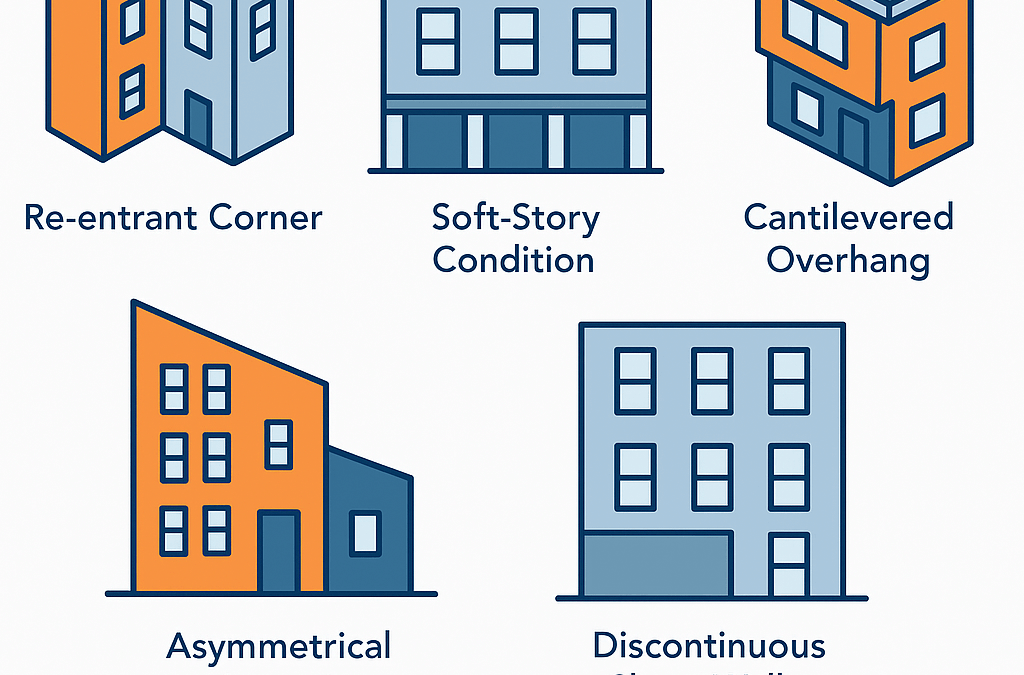
5 Building Design Features That Increase Earthquake Risk
As we move into the second half of the year, it’s a smart time for commercial and industrial property owners to take stock of their building’s health—beyond routine maintenance. One often-overlooked area? Seismic design risks—structural vulnerabilities built into a...

7 Seismic Retrofit Myths–and the Truth Behind Them
Considering a seismic retrofit for your building but are unsure what to expect? You’re not alone. Many building owners, REITs, and property managers worry about the cost, complexity, or potential disruption, sometimes delaying retrofits longer than they should. In...
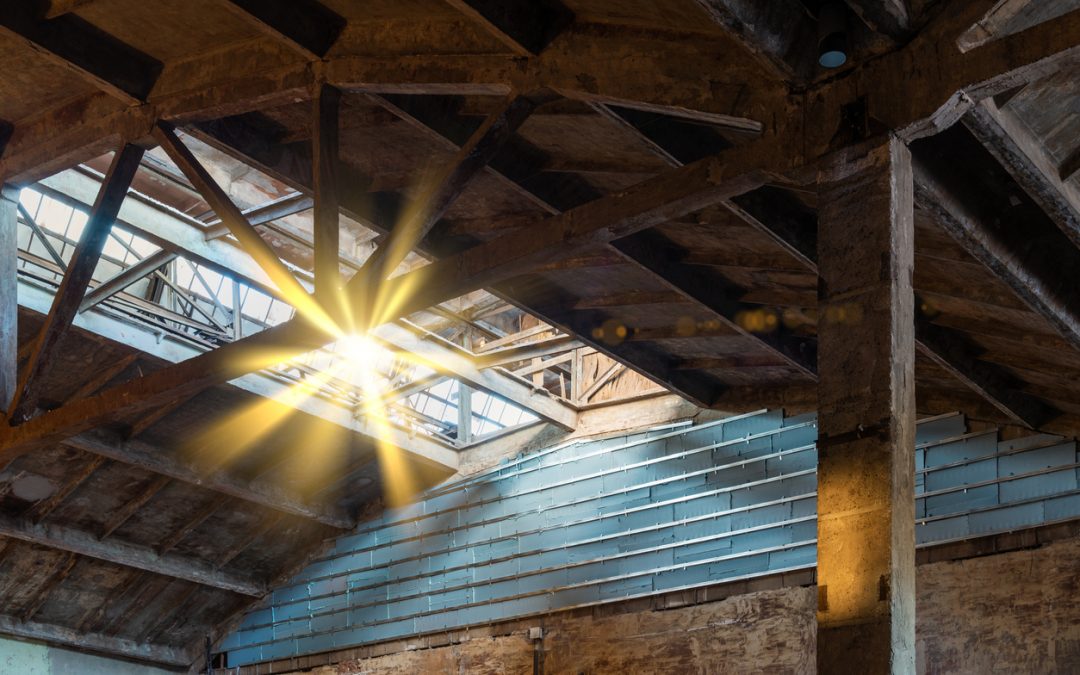
How Heat Damages Commercial Roofs—and Raises Earthquake Risk
Did you know that heat damage to commercial roofs can quietly weaken structural components? Prolonged high temperatures, combined with hidden moisture damage, can stress roof components in ways that often go unnoticed—until an earthquake causes something to fail....

Earthquake Safety for Tenants: A Guide for Property Managers
Earthquake safety is a serious topic, but it doesn’t have to be a scary one. For apartment building owners and property managers, communicating with tenants about seismic risk is not just a legal or ethical responsibility—it’s also an opportunity to build trust. In a...
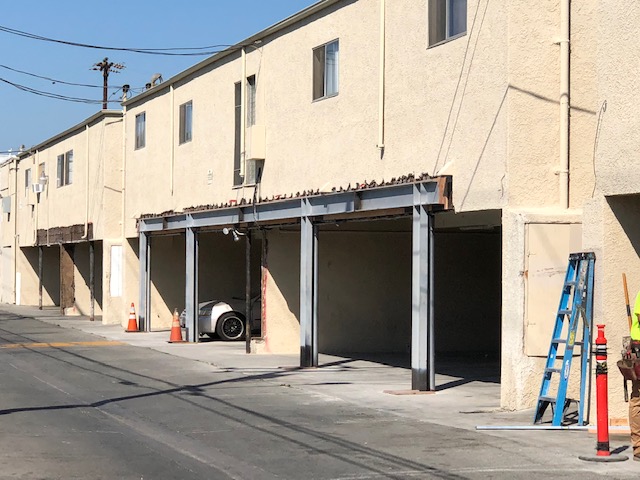
Apartment Soft-Story Retrofits: What Owners Should Know
Apartment soft-story retrofits are now critical for older buildings that were constructed before modern seismic codes addressed major earthquake forces. If your property has tuck-under parking or an open ground floor, it’s probably a soft-story building. That design...

Earthquake Preparedness for Commercial & Multi-Family Buildings
Earthquakes happen without warning. For commercial, industrial, and multi-family properties, the damage can be immediate—and long-lasting. Yet many property owners remain unprepared, leaving buildings, businesses, and occupants vulnerable. This guide walks you through...

How Seismic Retrofitting Strengthens Your Commercial Building
Is your building ready for the next earthquake? Many commercial buildings in high-risk seismic zones like California, Oregon, and Washington weren’t built to withstand strong shaking. Even a moderate quake can cause severe damage—or worse, total collapse– without...

How to Hire a Seismic Retrofit Contractor: 5 Pro Tips
Hiring the right seismic retrofit contractor is crucial in protecting your commercial, industrial, or multi-family property from earthquake damage. A well-executed retrofit strengthens your building’s structure, reduces the risk of collapse, and ensures compliance...

Beyond Fault Lines: 8 Hidden Earthquake Dangers
When it comes to seismic safety, it’s common to focus on fault lines as a primary cause of earthquake damage. While fault line proximity is significant, relying solely on it can leave your commercial and industrial buildings vulnerable to other unforeseen...

Maximize Your Business Tax Savings with a Seismic Retrofit
Seismic retrofitting is not only an investment in your building’s safety but also a smart way to save money. By leveraging tax deductions, depreciation benefits, and local incentives, your business can reduce upfront costs while improving long-term financial...

What Are Non-Ductile Buildings?
Non-ductile buildings, often called “non-ductile concrete” or “non-ductile reinforced concrete” buildings, are a critical concern in earthquake-prone regions. These structures lack the flexibility to withstand seismic activity. This rigidity...

Earthquake Risks of 5 Commercial Building Types
Earthquakes don’t just shake the ground—they test the strength of every structure built upon it. For many types of commercial buildings, especially those constructed before modern safety codes, seismic events reveal dangerous vulnerabilities that could put lives and...

How Many Earthquakes Does California Have in a Day?
California is one of the most seismically active regions in the world, experiencing frequent tremors ranging from minor shakes to potentially catastrophic events. While most earthquakes in California go unnoticed, larger ones can cause widespread damage, endangering...

Is Commercial Earthquake Insurance Worth It?
Damage to a commercial building after the Northridge earthquake. Source: USGS Earthquakes are among the most common natural disasters, yet standard property insurance rarely covers them. Property owners in high-risk areas often need separate earthquake insurance,...

Soft-Story Collapse: Is Your Building at Risk?
Earthquakes strike without warning, and not all buildings are designed to withstand their force. If you own or manage a commercial or industrial property, it’s crucial to understand whether your building is at risk. Soft-story buildings—characterized by open ground...
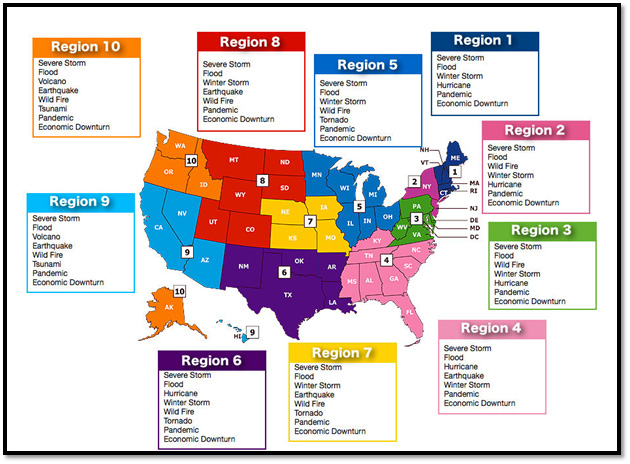
Seismic Retrofitting: Why NOW Is the Best Time
Many property owners know seismic retrofitting offers essential benefits, but fewer understand why timing matters so much. Waiting to retrofit increases risks and can mean missed opportunities to improve property value and safety. While earthquakes aren’t common...

What Are the Most Common Structural Repairs?
Common structural repairs play a key role in maintaining the safety and stability of commercial and industrial buildings. These repairs focus on critical building elements like roofs, foundations, floors, exterior walls, and support columns. All types of...

Concrete Tilt-Up Buildings: Pros, Cons, and Seismic Concerns
Factors like construction cost value, experience, qualifications, and tenant operations are critical when selecting a contractor and engineer for your projects. Concrete tilt-up construction is one of the most popular methods in the commercial and industrial sectors...

Earthquake Retrofits: 6 Benefits You Can’t Ignore
Earthquake retrofitting is a crucial step for property owners in earthquake-prone areas. Earthquakes pose significant risks to both buildings and their occupants, making it essential to ensure that your property can withstand seismic forces. While the initial...

The 1994 Northridge Earthquake: Pioneering Disaster Recovery
The 1994 Northridge Earthquake is remembered for the widespread destruction it caused across Southern California, but its long-term impact on disaster recovery planning is equally significant. It became a turning point for modern recovery methods, later applied to...
